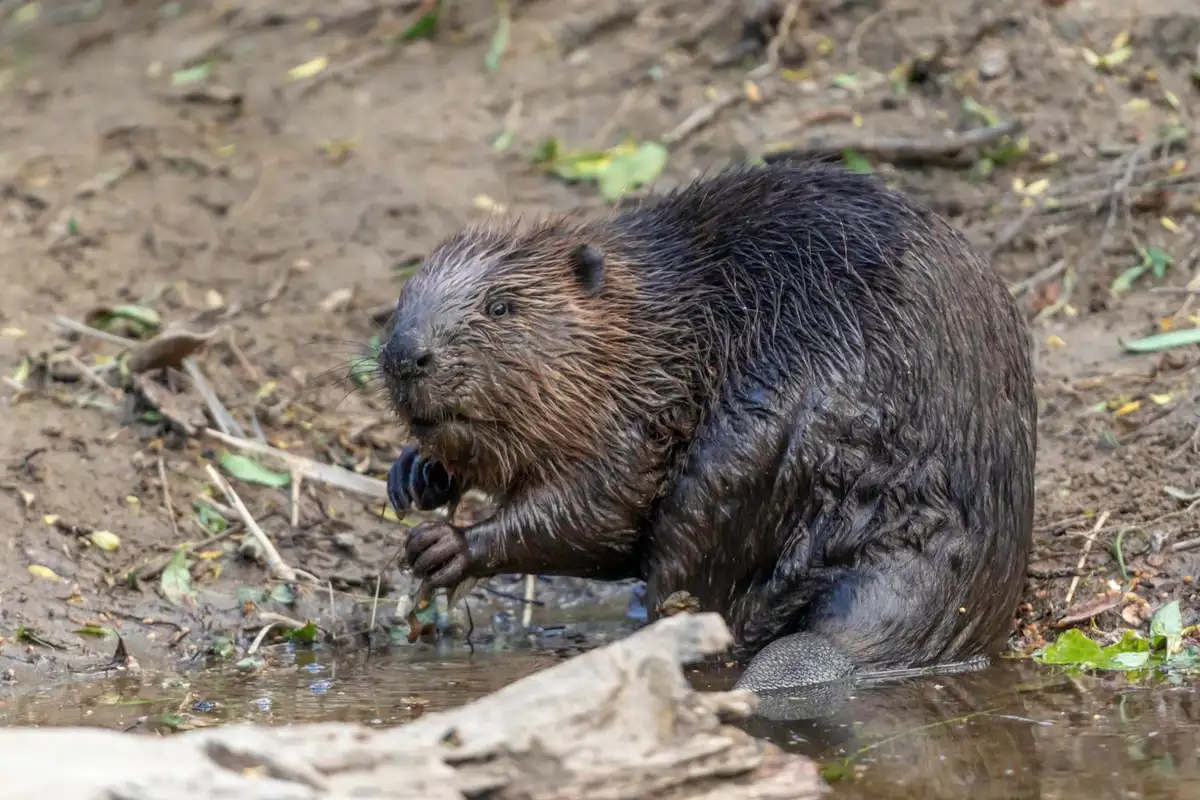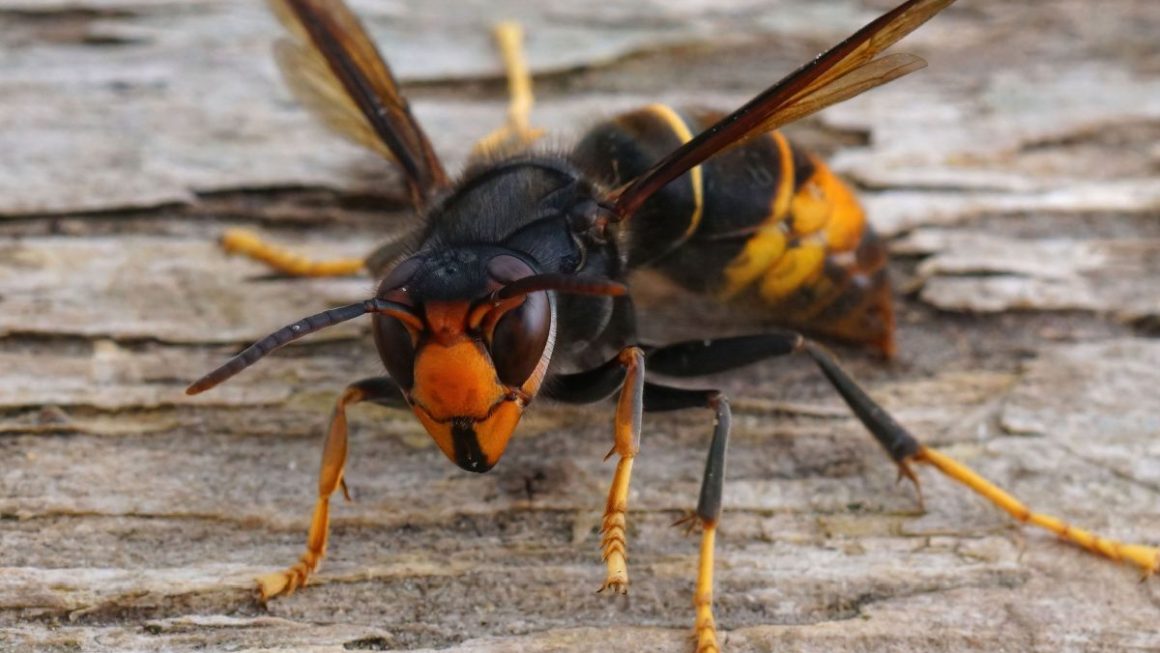Biodiversity in the Tagus River is currently undergoing an unexpected change with the recent appearance of specimens of a species believed to be extinct on the Iberian Peninsula for centuries.
Now, researchers and environmental authorities are analysing the situation to determine the origin of these animals and their possible impact on the area.
This discovery, which left many experts speechless, raises questions about whether the species arrived naturally or was introduced artificially.
What is the ‘extinct’ animal that has reappeared in the Tagus River?
Researchers recently confirmed the presence of specimens of Eurasian beaver (Castor fiber) in the Tagus River, a large rodent that inhabited the Iberian Peninsula until its disappearance centuries ago due to hunting and habitat alteration.
It is the largest rodent in Europe, measuring up to 90 centimetres in length and weighing up to 30 kilograms. Some key facts to bear in mind are as follows:
- In 2003, the species reappeared on the peninsula after the unofficial release of specimens in the Ebro river basin.
- Since then, attempts to eradicate them have failed and the beavers have managed to establish themselves in the area.
- Spanish legislation currently considers them a native and protected species.
The first sighting on the Tagus River was recorded in June 2024 in Zorita de los Canes (Guadalajara), according to a study published in Galemys-Spanish Journal of Mammalogy. Researchers Marco Ansón and Celia García-Prendes confirmed the presence of the rodents after several sightings and the detection of gnawed branches and other evidence on the riverbank.
Why did this animal arrive at the Tagus River?
One of the most relevant aspects of this finding is to determine how the beavers reached the Tagus River. The main hypothesis put forward by experts is that it was not a process of natural expansion, as the sighting point is more than 100 kilometres from the nearest previously recorded population.
Specialists consider the most likely theory to be that the beavers were unofficially introduced into the area. The lack of previous records in the intermediate sections of the river reinforces this idea.
Environmental authorities are evaluating measures to determine whether their presence can be maintained without causing negative impacts. The implementation of monitoring systems is planned to study the evolution of the population and its interaction with the local ecosystem.
What is the ecological impact of this Eurasian beaver?
The Eurasian beaver is known for its ability to transform aquatic ecosystems. Unlike other species introduced to the peninsula, such as the American crab or the catfish, its impact can be beneficial in certain respects:
- It promotes the regeneration of wetlands by building dams and modifying the structure of the river.
- It improves water quality through sediment retention and natural filtration.
- It increases biodiversity by creating favourable habitats for other species.
However, it can also cause conflicts with human activities, especially in agricultural areas. For this reason, the Regional Government of Castile-La Mancha has initiated a monitoring process to determine the extent of the beavers’ presence in the Tagus and assess their impact on crops and infrastructure.

What other mammals inhabit the river?
The Tagus River, the longest in the Iberian Peninsula, runs 1,007 kilometres from its source in the Montes Universales (Teruel) to its mouth in Lisbon. Along its course, it crosses several autonomous communities in Spain and Portugal, providing habitat for a variety of species.
Among the mammals that inhabit the Tagus basin are:
- Iberian lynx (Lynx pardinus), one of the most endangered felines in the world.
- Iberian wolf (Canis lupus signatus), whose presence is occasional in the area.
- European otter (Lutra lutra), common in the less polluted tributaries.
- Wildcat, polecat and American mink, the latter introduced to the peninsula.
In addition to these mammals, the Tagus serves as a biological corridor for numerous species of native birds, amphibians and fish, reinforcing the importance of its conservation.




